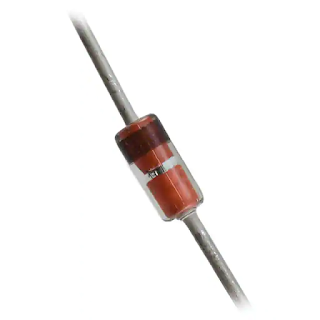What causes the reverse breakdown of a junction diode? Please explain the different breakdown mechanisms and their impact on junction diodes.
The reverse breakdown of a junction diode is a phenomenon in which the current suddenly increases rapidly under a reverse bias voltage. This breakdown phenomenon can lead to damage or even complete failure of the junction diode. Reverse breakdown is mainly caused by the following mechanisms:
Tunneling Breakdown:
When the reverse electric field is strong enough, electrons or holes pass through the forbidden band region of the p-n junction to undergo a quantum mechanical tunneling effect, thereby generating a tunneling current. This breakdown mechanism usually occurs in highly doped junction diodes and is closely related to the size of the junction diode.
Avalanche Breakdown:
When the reverse electric field increases to a certain extent, it will accelerate the movement of carriers (electrons or holes), and make some carriers gain enough energy to collide and excite more carriers. This cascade reaction causes the current to increase rapidly, creating an avalanche effect. Avalanche breakdown usually occurs in less doped junction diodes and has a higher breakdown voltage.
For more junction diodes, please click to view.

Comments
Post a Comment